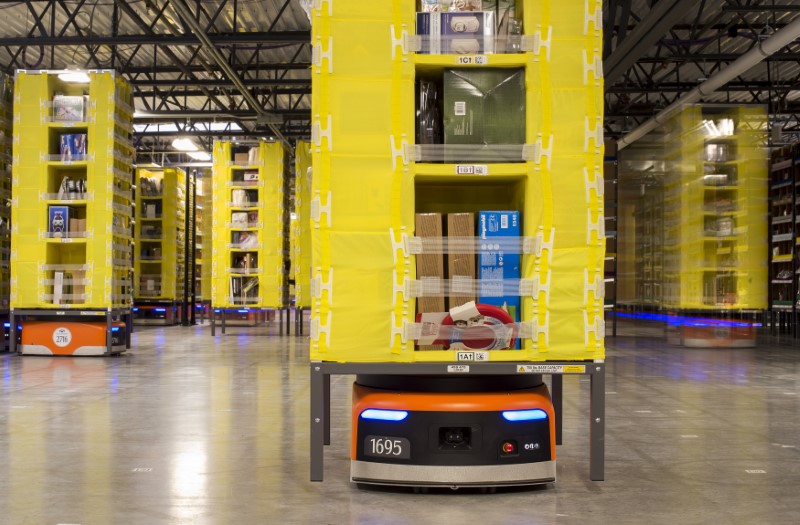WASHINGTON (Reuters) - U.S. business inventories barely rose in June and the inventory-to-sales ratio fell to more than a 3-1/2-year low, suggesting businesses would need to ramp up the accumulation of stock, which would boost economic growth in the third quarter.
The Commerce Department said on Wednesday that business inventories edged up 0.1 percent after a downwardly revised 0.3 percent increase in May.
June's gain in inventories, which are a key component of gross domestic product, was in line with economists' expectations. Inventories were previously reported to have increased 0.4 percent in May.
Retail inventories nudged up 0.1 percent in June instead of being flat as reported in an advance estimate published last month. Retail inventories increased 0.4 percent in May. Motor vehicle inventories slipped 0.1 percent in June rather than 0.3 percent as reported last month.
Auto inventories rose 0.9 percent in May. Retail inventories excluding autos, which go into the calculation of GDP, rose 0.2 percent in June rather than increasing 0.3 percent as reported last month. They gained 0.1 percent in May.
There was an outright inventory liquidation in the second quarter. Inventories subtracted a full percentage point from gross domestic product in the April-June quarter. The economy grew at a 4.1 percent annualized rate during that period, the fastest in nearly four years, following a 2.2 percent pace in the first quarter.

Business sales rose 0.3 percent in June after rising 1.3 percent in May. At June's sales pace, it would take 1.33 months for businesses to clear shelves. That was the smallest inventories-to-sales ratio since October 2014 and was down from 1.34 months in May.